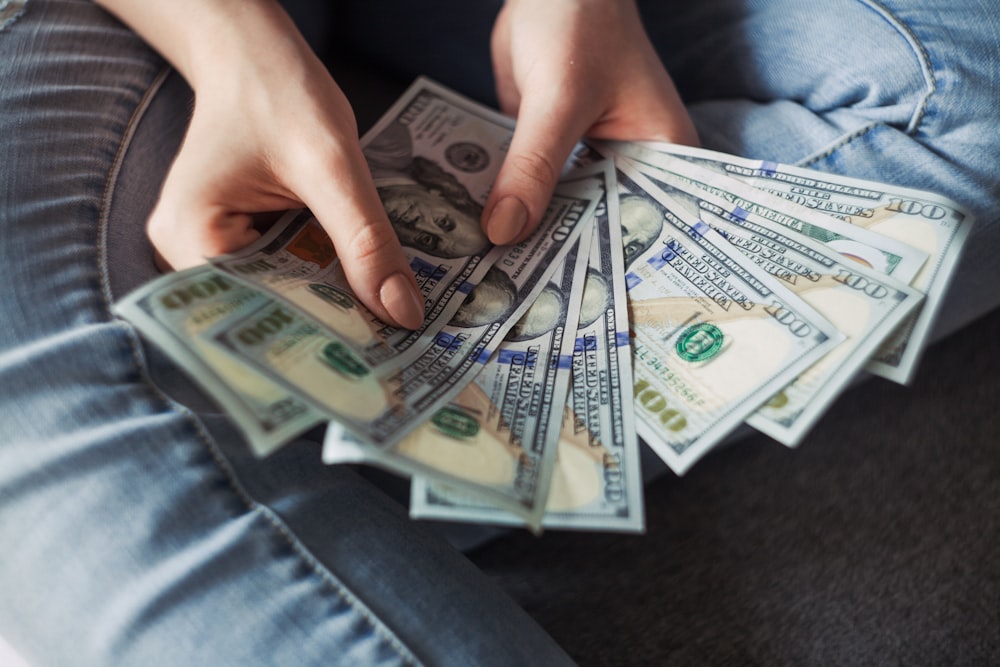Wishful Thinking About A Rapid Recovery
Entering the new year, we are going to hear a lot about how the North American economies are poised to recover from the pandemic. Investors are pinning their hopes on an economic recovery, some even expect a surge in consumption that will lead the way to a V-shaped recovery. Certainly, judging by the price appreciation in the equities market, investors are optimistic about the recovery. They anticipate that the combination of a vaccine and herd immunity will encourage the consumer to unleash pent-up demand. Some point to the experience immediately after the 1918-20 pandemic to argue the point that we are in for a huge collective sigh of relief in the form of consumer spending in late 2021 or early 2022. What lies behind this optimism?
Ready Cash on the Sidelines
US personal saving rate is running at 15% annually, more than twice the historical average (Figure 1). US personal bank deposits grew by 16%, despite the meagre interest rates offered by the banks. Savings are also being channelled into the equity markets and towards the purchase of houses. Clearly, there is a lot of liquidity residing in the banking system to fuel spending, hence the expectation that excess savings will be tapped as soon as the economy opens up.
Figure 1 US Personal Savings Rate,2015-2020
Pent-up Demand
The big consumer story of 2020 is the surge in spending on durable and non-durable goods. The US demand for all goods increased by $100 billion from March to November, while demand for services collapsed by $575 billion (Figure 2). David Rosenberg takes up this issue of a recovery rate in a recent column, Two big problems with the pent-up demand- everybody is counting on. According to Rosenberg, the activities that were suppressed by the lockdowns (e.g., movie theatres, casinos, travel, hotels) amount to less than 8.5% consumer spending.
By comparison 40% of total spending is for basic necessities (e.g., shelter, food, transportation). Rosenberg estimates that the services sector has rise by $ 4 for every $1 drop in the goods sector just to maintain the current level of total consumption. He anticipates a slowdown in the spending on goods which places even greater pressure on the service sector to lift the economy off the bottom. And, there’s rub. Services cannot grow to the extent needed to offset any moderation in goods consumption. It is highly unlikely that individuals can make up for loss services during the pandemic, such as entertainment, travel, hospitality, in such numbers as to generate a rapid rebound, the V-shaped so devoutly wished for.
Source: NYT, Neil Irwin
Finally, there is a significant wild card in all this. North American governments provided 20-25% of personal income in the last year. All governments promise to support those in need. The US government approved a $900 billion relief package which most economists consider to be inadequate. The political struggle to get this done suggests that future reliance on government support will be increasing more contentious. Clearly, the amount of support given to date is not likely to be sustained, yet we continue to face job and income losses as the pandemic takes its toll.




